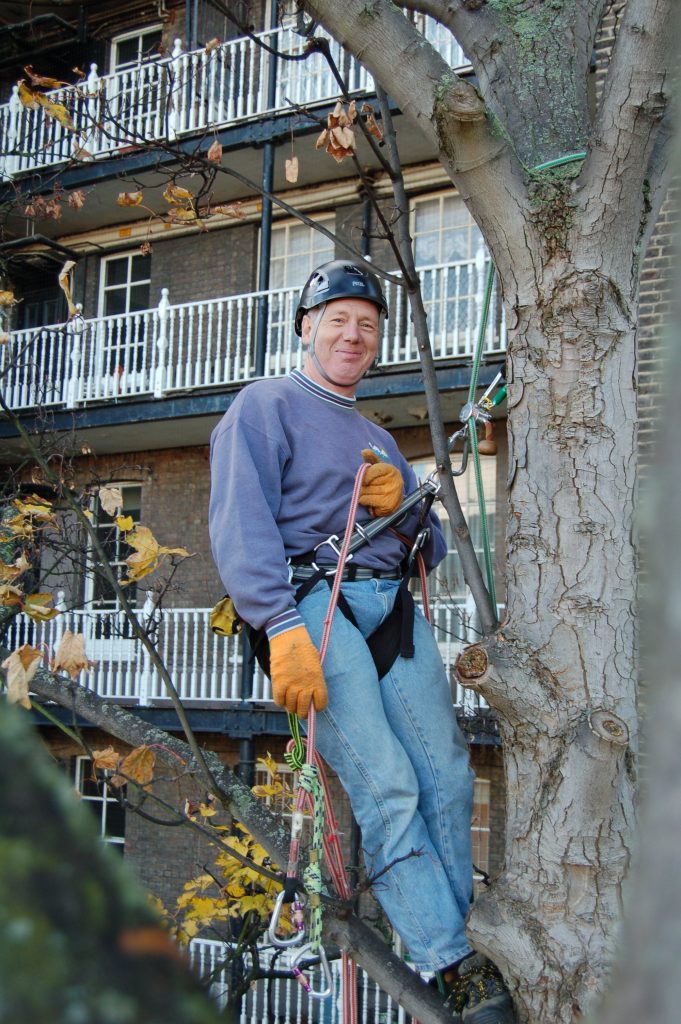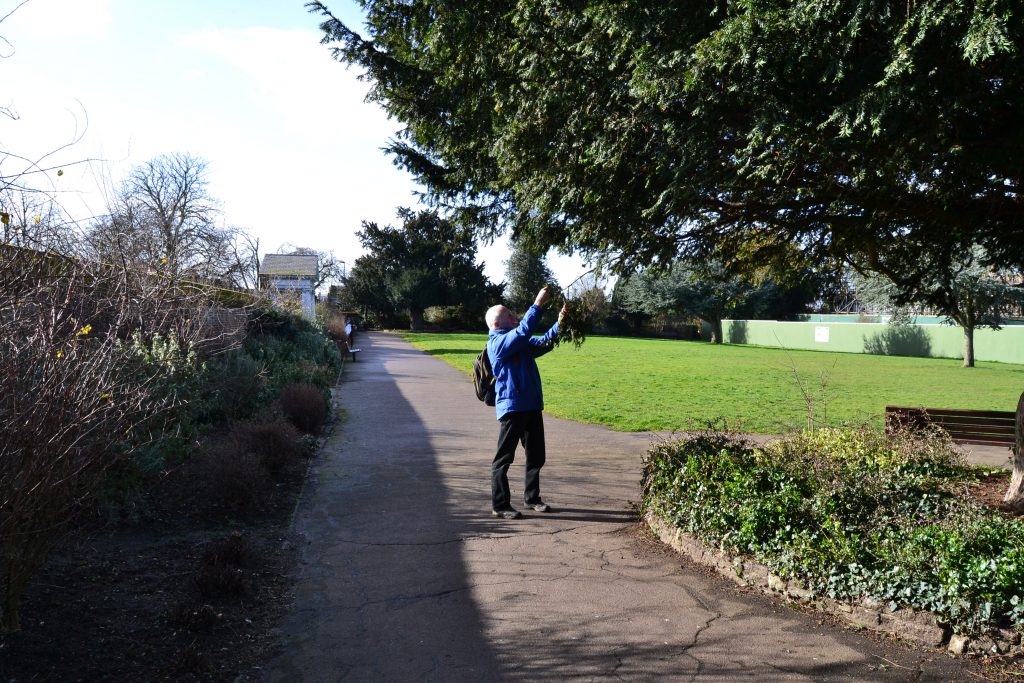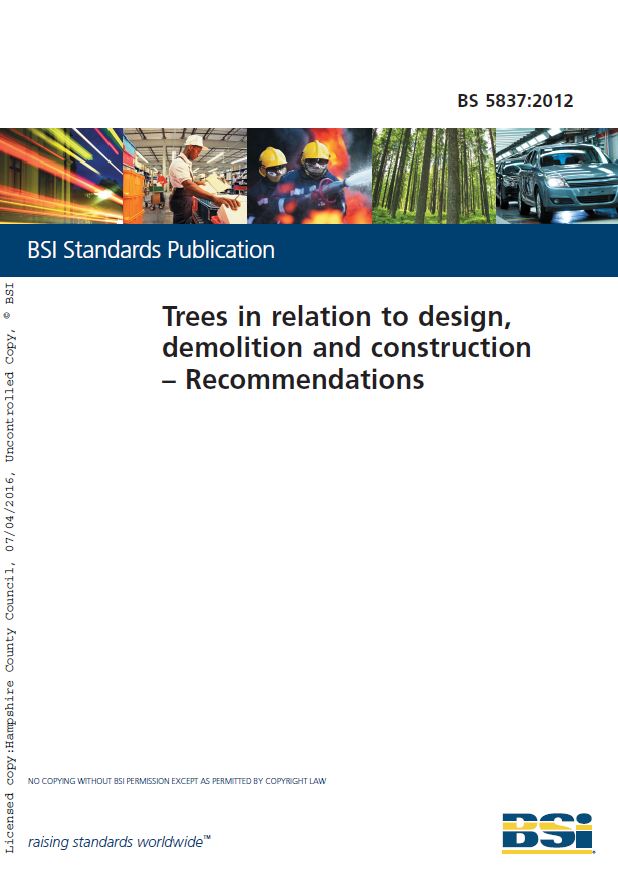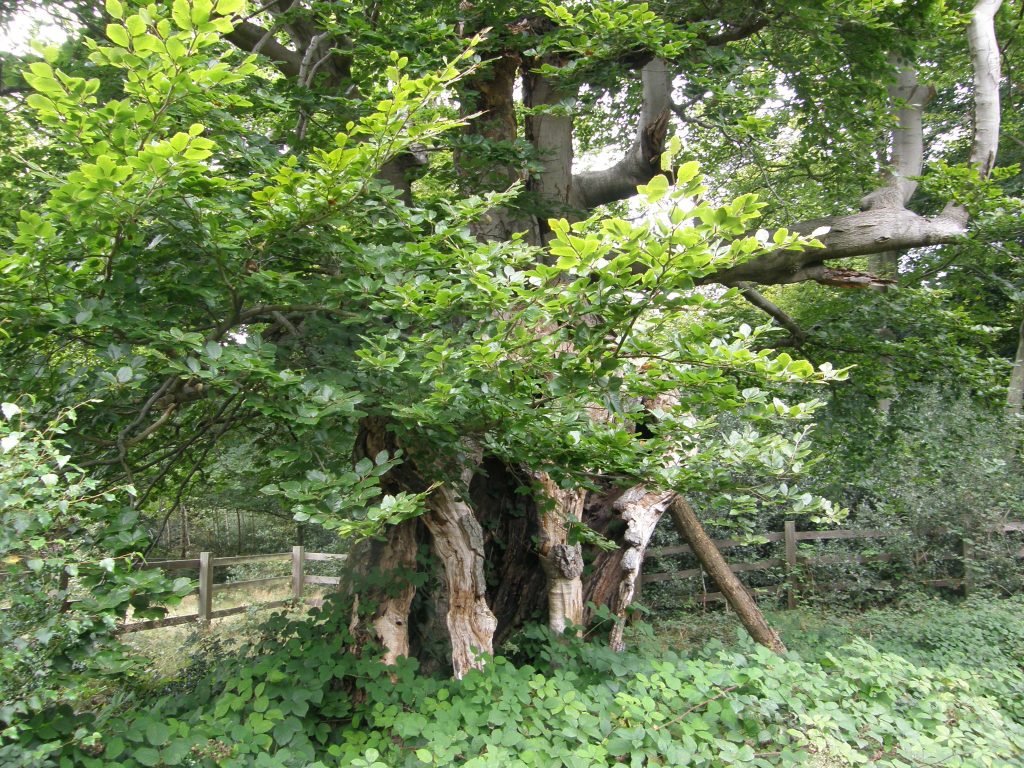My name is Bernie Harverson and I am a self-employed Arboricultural Consultant with 47 years experience in the industry. I acquired my love of trees from the age of 11 when my parents moved from urban Ashford west London to rural leafy Haslemere in Surrey where, instead of climbing drainpipes and onto garage rooves I started climbing trees – ‘free climbing’ of course as there were no lifelines and safety harnesses in evidence then! I then wanted to identify the different trees species and a ladybird book provided basic identification features and thus a love and passion for trees began and on leaving school in 1969 it was obvious what my career path would be.

At that time the only profession was Tree Surgery and so I started with Honey Brothers Tree Surgeons at Guildford where I was taught how to climb safely and also how to use a chainsaw safely in a tree. Arboricultural Consultants did not exist then and indeed Arboriculture was in its infancy as a profession – the closest you could get to being an arboriculturist at that time was having an RHS horticultural qualification which if you were very fortunate allowed you to become one of the very few Tree Officers with the more progressive thinking London Boroughs. In 1972 Merrist Wood College through the visionary Peter Bridgeman offered the first official path to train as an Arboricultural Consultant with the Ordinary National Diploma and I secured a place on that course. On leaving in 1975 I was appointed as Assistant Arboricultural Officer with Westminster City Council and since then have had a wide range of experience, both in the public and private sectors. Latterly I have spent 11 years as a self-employed Arboricultural Consultant. Trees and climbing are in my blood and although most of my work now involves assessing trees and writing reports I still (at the age of 64) climb trees whenever I can. I am frequently asked to stand in as ‘Locum Tree Officer’ for various local Councils thus I am well placed to comment on arboriculture from ‘both sides of the fence’.

As far as opportunities are concerned, it can definitely be said that the Government has assisted both the National House Builders and Arboricultural Consultants by reducing planning restrictions and increasing targets for housing supply delivery in the coming years. As far as constraints are concerned we have seen the introduction of greater protection measures for trees in the upgrading of British Standards 5837:2012 – Trees In Relation To Construction. This document was always intended to be a minimum industry standard but as with most things once it is in the public domain you lose control of it and it is nowadays very much regarded as a maximum standard for protection. Nevertheless, it can still be regarded as the most significant benefit to tree protection since the advent of Tree Preservation Orders and Conservation Areas, with Planning Authorities throughout the UK requiring compliance with its recommendations wherever there are trees on a proposed development site.

The sad irony here is that with the rise of Arb Consultants in the private sector we see the demise of Local Authority Tree Officers available to deal with all these planning applications. This can be put down to Central Government because as austerity measures bite, the coffers of the Councils have to stretch further with less and the Tree Officer seems to be an easy target when budget cuts come around. So in my working career I have witnessed the scales tipping from one side to the other – there was a time when there were no private arb consultants and only Council Tree Officers and now we have a surfeit of Arb Consultants [thanks mostly to BS5837] and an ever dwindling number of Council Tree Officers and this naturally creates an imbalance in the system. When a Tree Officer with years of experience leaves for whatever reason the post is either completely abolished to save money or alternatively downgraded in salary structure, but with the same workload and pressures as before. This can only be to the detriment of the way in which trees are managed since as the old saying goes ‘you get what you pay for’ and less money equates to younger and less experienced applicants usually straight out of College or moving from being a tree surgeon to being a consultant with little or no managerial experience.

The most natural constraint to rural housing expansion is of course the countryside itself and within that individual trees, groups and woodlands. These factors by their very existence should quite rightly be the primary constraint to development in rural areas but due to the relaxation of planning regulations and the sheer fact that demand outstrips supply we see pressure being brought to bear to increase the areas which are deemed suitable for development to take place -once upon a time greenfield sites were sacrosanct but sadly this is not the case today! Trees are not the only things to suffer of course as other flora and fauna are under pressure as well and the loss of natural habitats is a major downside of increased development and its expansion into the rural areas. This will of course also have a profound effect on the visual appearance of the countryside as we know it.